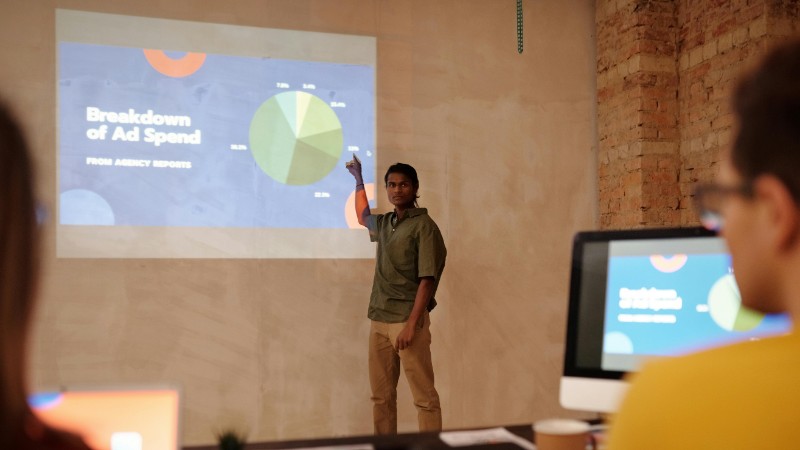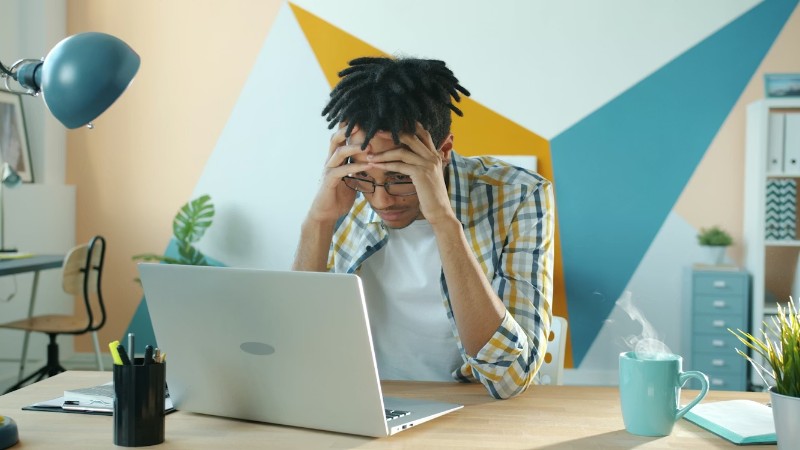Google Ads in 2026: Why DIY marketers are panicking and calling a paid ads agency
Digital MarketingGoogle Ads should feel easy in 2026. After all, you plug in a keyword, pick a budget, hit publish, and wait for the sales parade… right? Well, not quite. This year, running ads feels less like flipping a switch and more like playing chess while Google quietly changes the rules mid match. Businesses are realizing that strategy, not enthusiasm, is the real currency. Search volume continues to explode, and everyone wants a front row seat. A paid ads agency would tell you the game now revolves around Quality Score, smart bidding, and campaign types that actually fit the goal. Search ads pull in intent driven users, while Performance Max tries to be the AI version of an overachiever, everywhere at once. That sounds great until you realize the algorithm doesn’t love sloppy setups. From chaos to “please help” mode Some brands still try the DIY route until broad match keywords eat half their budget or conversion tracking breaks for the fourth time. When panic sets in, that’s usually when a paid ads agency gets the late night email. Between constant Google updates, privacy policies, and automation quirks, keeping campaigns stable requires time most businesses don’t have. Google Ads management accounts make things smoother for teams juggling multiple accounts, giving them one login for reporting, billing, and performance tracking. It’s organization therapy, but only if the campaigns themselves are structured well. Paid ads agency creative in 2026 Year 2026 also demands sharper creative. Users scroll faster, attention spans are shorter, and repetitive ads get ignored faster than a New Year’s gym membership contract. Fresh headlines, intentional landing pages, and ongoing split testing are now the baseline, not the upgrade. Many companies eventually learn the same lesson: Google Ads success isn’t just about running ads; it’s about running them deliberately. Strategy, patience, and data rule the year. And when when the guessing starts costing money, calling a paid ads agency stops being optional.








